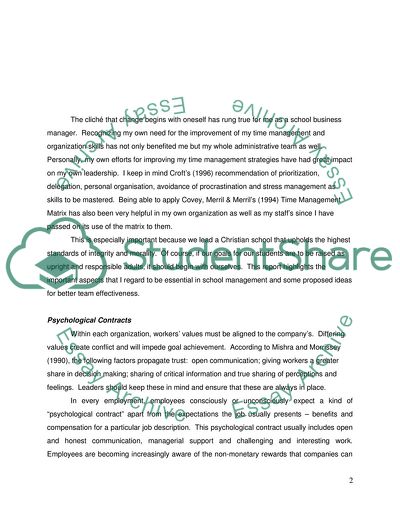Cite this document
(Psychological Contracts, Effective Communication, Mentoring, Professio Literature review, n.d.)
Psychological Contracts, Effective Communication, Mentoring, Professio Literature review. Retrieved from https://studentshare.org/human-resources/1741507-leading-and-managing-teams
Psychological Contracts, Effective Communication, Mentoring, Professio Literature review. Retrieved from https://studentshare.org/human-resources/1741507-leading-and-managing-teams
(Psychological Contracts, Effective Communication, Mentoring, Professio Literature Review)
Psychological Contracts, Effective Communication, Mentoring, Professio Literature Review. https://studentshare.org/human-resources/1741507-leading-and-managing-teams.
Psychological Contracts, Effective Communication, Mentoring, Professio Literature Review. https://studentshare.org/human-resources/1741507-leading-and-managing-teams.
“Psychological Contracts, Effective Communication, Mentoring, Professio Literature Review”. https://studentshare.org/human-resources/1741507-leading-and-managing-teams.


